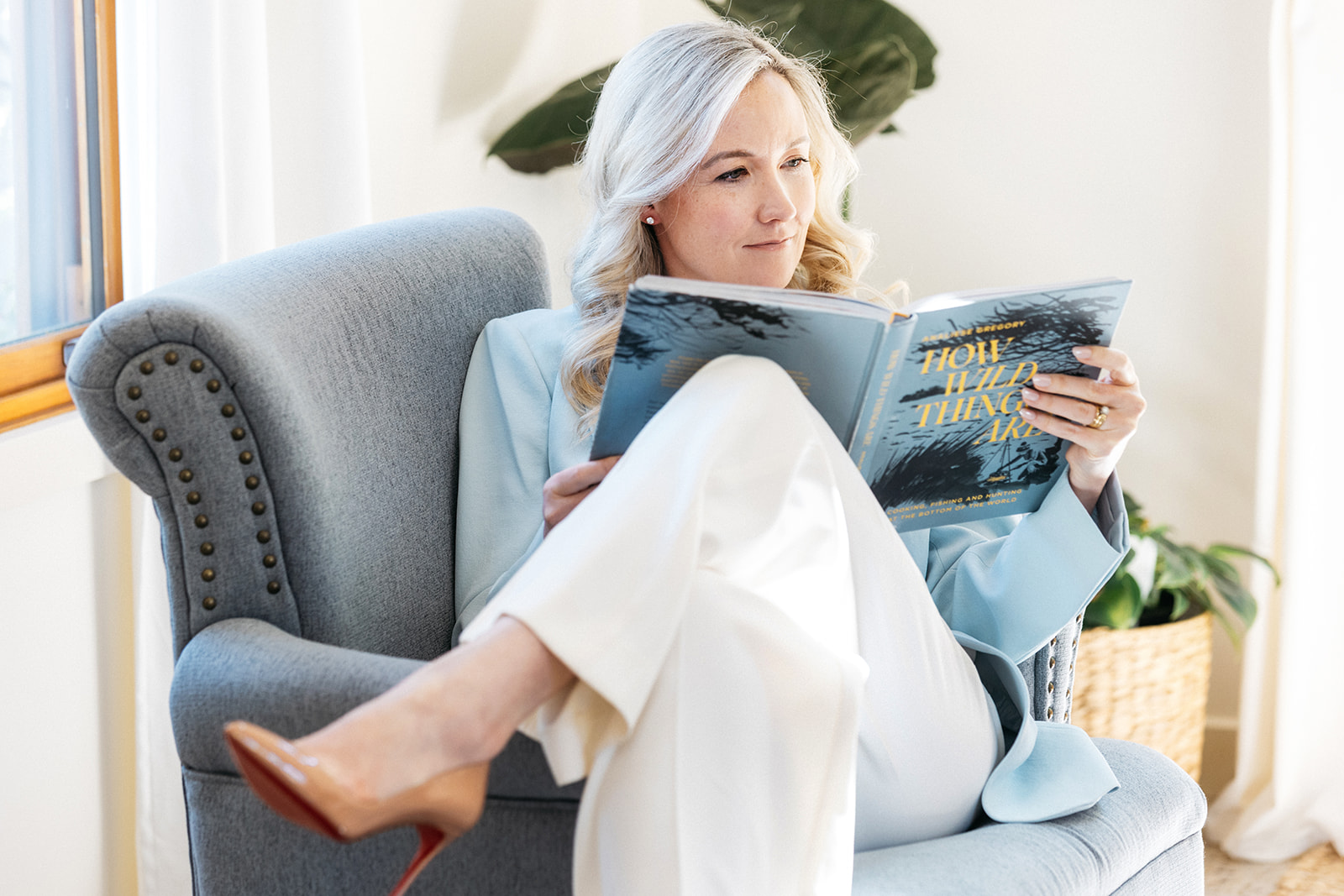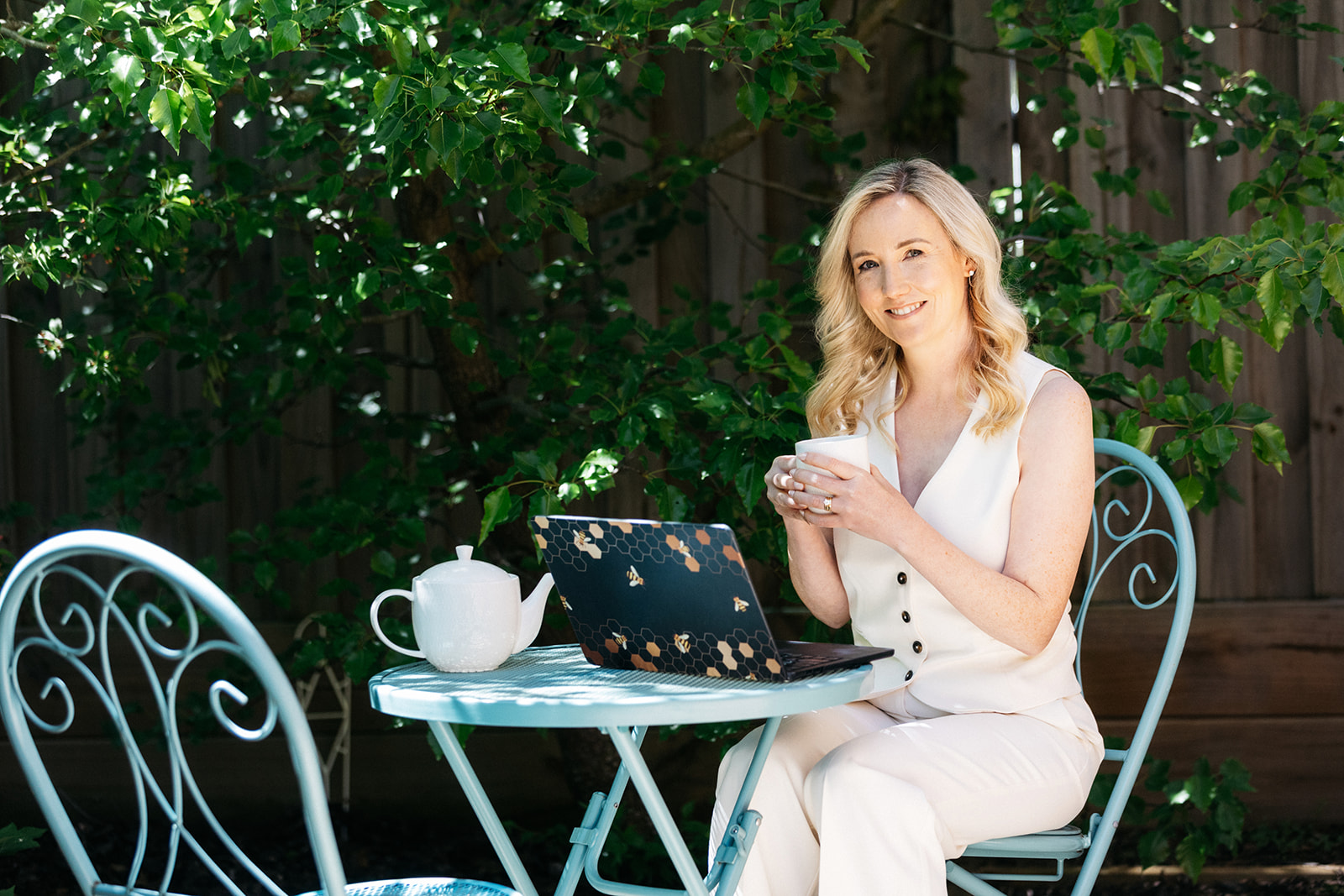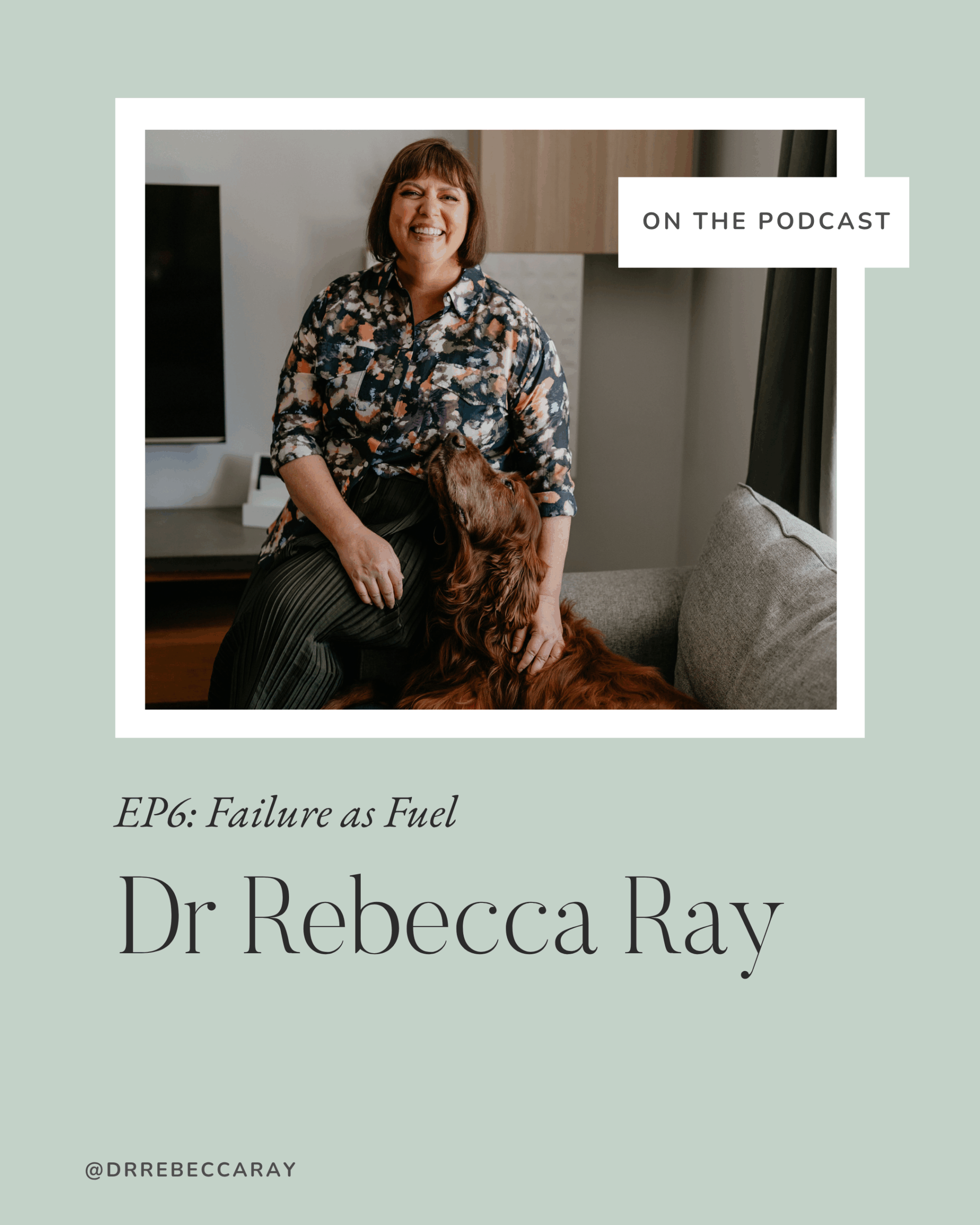Do you want to hear about one of the regrets I have in my career as a Psychologist? It’s about the time I accepted a referral for a child in what was a rather non-child centered practice. In my defense, he was 10 and I thought I *might* get away with not needing anything beyond some coloured pencils and a Minecraft book. Big mistake.
As always, if you prefer to listen, I’ve shared this week’s download on the mum as you are podcast.
Who cares about Minecraft when there is a massage table that moves up and down with a button and a cupboard full of scalpels and urine test strips? (I shared an office with medical practitioners).
Learn to embrace fidgeting
Adults frequently tell kids not to fidget, but movement is important. Fidgeting isn’t just a nervous habit. Purposeful, mindful fidgeting moves trauma and anxiety through the body. That cortisol has to go somewhere!
I like to think that the adults in my office who weren’t too serious to pick up some crayons, make a bracelet or sit and hug a soft toy probably had a better experience.
Now that I’m fully telehealth I no longer have an office with fidget toys, stuffed animals, loom bands, polished rocks and sand. However, something I recommend for most clients is a ‘comfort kit’. A bag of items you can have on hand to fidget with – a squishy stress toy, oils to smell, maybe even mints to chew.
Sitting still with your hands in your lap might be what you’re ‘supposed to’ do, but repressing the urge to move when you have anxiety, trauma or adhd? It’s not necessarily helpful.
Evoke a superhero figure
When you struggle to find your own sense of confidence, calm or feeling brave, something that can be helpful is to channel someone else who does. When kids lack confidence what to we do? Read them stories of superheroes, animals or other kids who are brave. We immerse them in imaginal exposure and play based rehearsal.
If you’re not feeling very strong, confident, wise or nurtured who might you channel into your imagination who does have the quality you’re looking for? A simple meditation where you close your eyes for a moment and think “what would…do?” try to imagine how they would stand, hold their body, what would they say?
It can be useful with imagined figures – Dumbledore, Oprah, Wonder Woman, a Tigress, anyone or anything. It can be a person you know.
When I was birthing my second daughter (the 5kg one with shoulder dystocia) I was losing confidence and strength. Somewhere in my imagination the image of a Viking came to me. She poured her energy into me and I managed to dig a little deeper. When I no longer had control over my body and procedures felt like they were being ‘done to me’, I imagined a hundred more Viking women. They gathered in a protective circle around me around me locking arms. I still tear up thinking about it. How did I do that? Did my logical Psychologist brain just know to use this strategy? I don’t think so. I think it came from my childhood imagination.
Use a physical object as an anchor
When you imagine your own figure in your mind, maybe ask if they want to give you anything. Kids have worry dolls, wishing stones, and oh so many treasures that they carry in their pockets. Even if you don’t resonate with the idea of imagining a figure and them giving you a token, maybe just choose something to put in your pocket or sit on your desk. A polished river stone, a crystal, a feather, a piece of silk or fluffy fabric, an acorn or a figurine from childhood.
Use your sense of touch to remind yourself that this will be your anchor – every time you touch this item you’ll take a deep breath and feel more settled.
I recently learned about a tool called Calm Strips. I haven’t tried them yet, but they look interesting. They look like a sensory toy in sticker form. You can choose a range of textures – bumpy, soft etc. for focus and de-stressing






